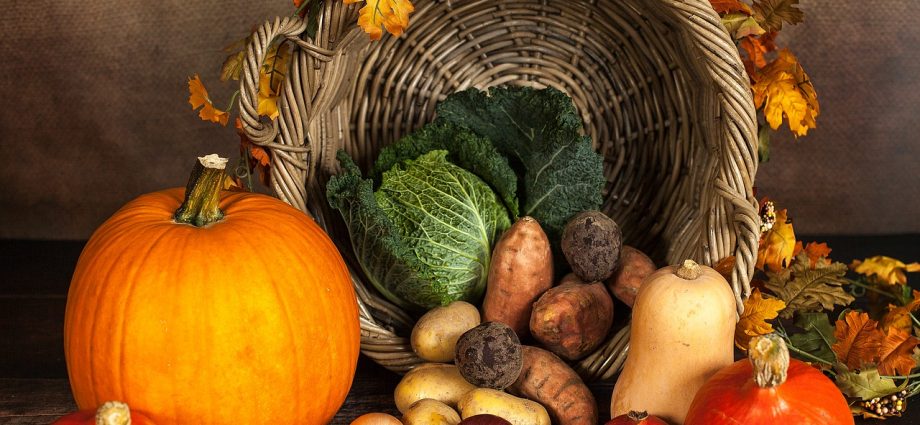Author: Peter Harris
In part 1 of this article I discussed how many people are under the impression that eating healthy is more expensive than eating junk food or “less nutritious” foods. This is not true. In fact, if you rethink how to budget your food dollars and your eating habits you could easily divert some of the cash you are spending on junk food and use it to buy food that is better for you and that will help you lose weight. How to eat healthy and cheap is not difficult. This article expands on the ideas provided in the first part and will provide some useful and practical tips you can use that will change your eating habits and how you spend your money!
1. Using Whey Protein. If you are looking to increase the percentage of quality protein in your diet supplementing your food intake with whey protein is one of the best ways to do this. Whey protein usually comes in powder format and can be mixed with water, milk or in your favorite smoothie. Some people will actually sprinkle it over their oatmeal or bowl of fruit. What’s good about whey protein is that it comes in a variety of flavors and a scoop or two a few times a day adds several grams of protein a day to your diet while lasting a long time. A big container of whey usually cost $20 to $30. This may sound expensive but for the amount you get and how long it will last it’s well worth it. Cut down on the number of “designer” coffee’s or “chain store” smoothies that you buy every week and you could easily purchase whey without affecting your budget.
2. What about the tuna? This is a great source of protein, it’s low in calories and it’s cheap. That’s a great combination! Some points to consider about tuna. You don’t have to buy the name brand tuna – it’s expensive and it doesn’t taste any better than generic brands. I can buy a can of generic tuna for under 50 cents a can. Name brand is usually over a dollar. Always buy tuna packed in water, not oil. The oil type just adds on more calories and no other nutritional benefit. Lastly – don’t mix your tuna with heavy mayonnaise for sandwiches! I’m talking about dumping your tuna right on a salad, mix it with a couple tablespoons of your favorite salsa or eat it right out of the can by itself. The mayonnaise turns a perfectly healthy and inexpensive food into a fat packing monster!
3. Frozen vs. Fresh Veggies. You can try eating frozen veggies instead of fresh veggies once in a while. You can save money here because you can purchase frozen veggies in bulk. If time is money then you can save money because frozen typically takes less time to prepare than fresh. Frozen veggies won’t spoil like fresh ones do. I’ll admit – I like fresh veggies once in a while but when considering how to eat healthy and cheap I’ll lean towards the frozen to reduce my grocery bill.
4. Go Generic. I don’t know why generic food has such a bad wrap with some people. I’ll admit some brand name foods are much better than their generic counterparts. In my experience this doesn’t count for many. Try this – use the generic brand of all your favorite foods that you can find for a month or so. If you truly don’t like the generic type then go back to its brand name. What I think you’ll find is that there are more generic foods that you will enjoy so you can eliminate the brand name. In the end you will save money.
These 4 useful tips can easily be incorporated into your eating and drinking habits. Try them today and you will be pleasantly surprised at the results you achieve, the money you can save and in how much better you start to feel.
About the Author:
There are many more suggestions and tips about how to eat healthy and cheap in parts 1 & 3 of this article. Discover what those are by clicking here now for part 1: Eat Healthy 1 and here for part 3: Eat Healthy 3

